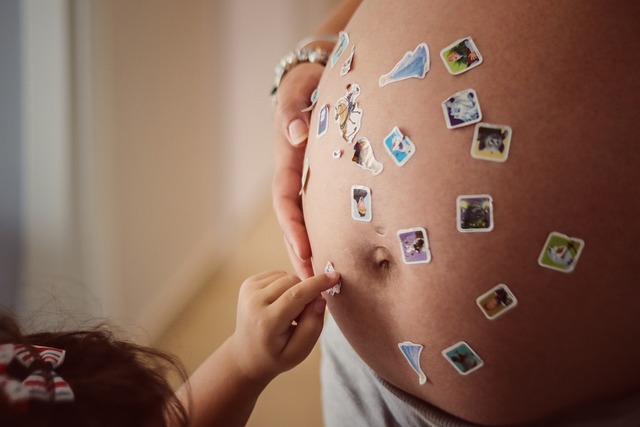Hey friends! Today, let’s chat about the fascinating journey of embryos in the early stages of development, specifically comparing Day 3 and Day 5 embryos.
On Day 3, we start with an 8-cell embryo (let’s call it #1) where the cells are just beginning to touch each other—if you look closely, you can see two cells flattening against one another. Fast forward about 16 hours, and boom! We have a 16-cell embryo (#2) where the cells have further divided and compacted together. By Day 4 (#3), the embryo has become so compact that you can’t distinguish individual cells anymore. This stage is known as a morula, which means mulberry in Latin because of its shape.
As this compaction continues, a fluid-tight seal forms between the cells, allowing the embryo to start pumping fluid into the center of itself. When it reaches the stage of a cavitating morula (#4), the cells begin to allocate themselves—some will become the outer layer that forms the placenta, while others will develop into the actual embryo or fetus (#5). Once it has formed a cyst, we refer to it as a blastocyst (#6). The quality of this blastocyst is assessed based on the number of cells in both the outer and inner layers and how well the cyst has expanded.
For those interested in home insemination options, you might find it helpful to check out our previous blog post here. Also, if you want to explore artificial insemination kits, check out this resource—they’re an authority on the subject! For further insights on pregnancy and intrauterine insemination, consider visiting this fantastic resource.
In summary, understanding the development of embryos from Day 3 to Day 5 is crucial for anyone navigating fertility options. The transformation from a simple 8-cell structure into a fully formed blastocyst is remarkable and plays a significant role in the success of fertility treatments.

